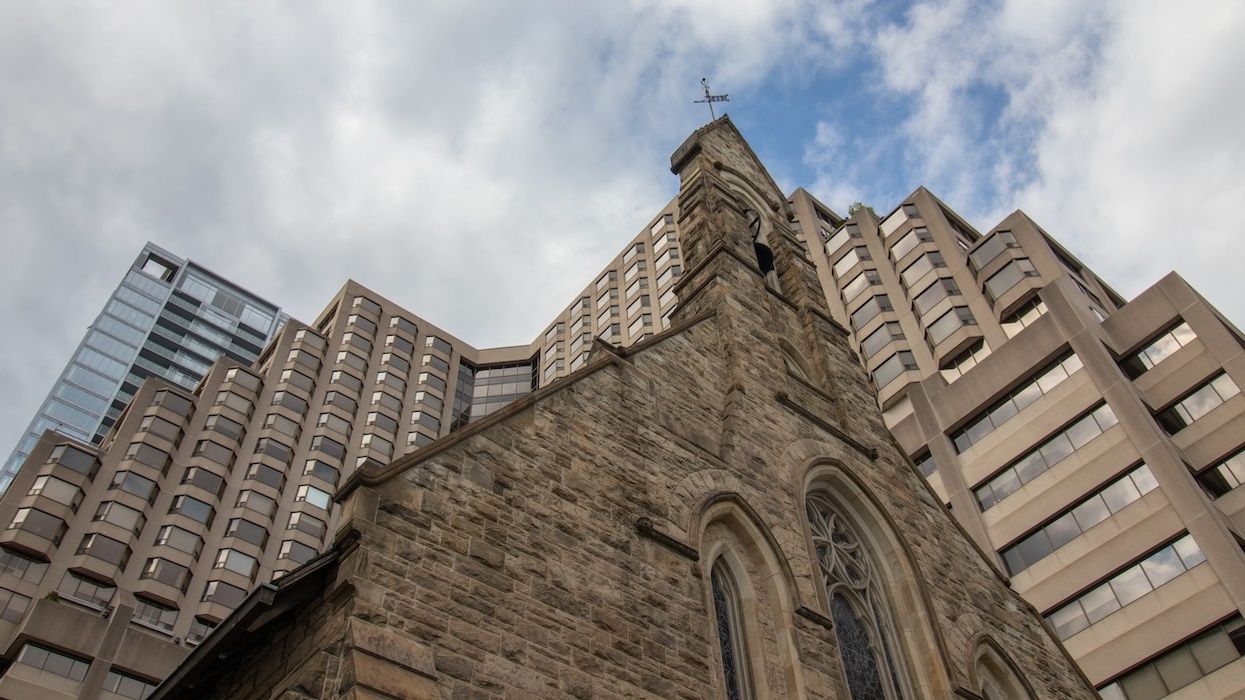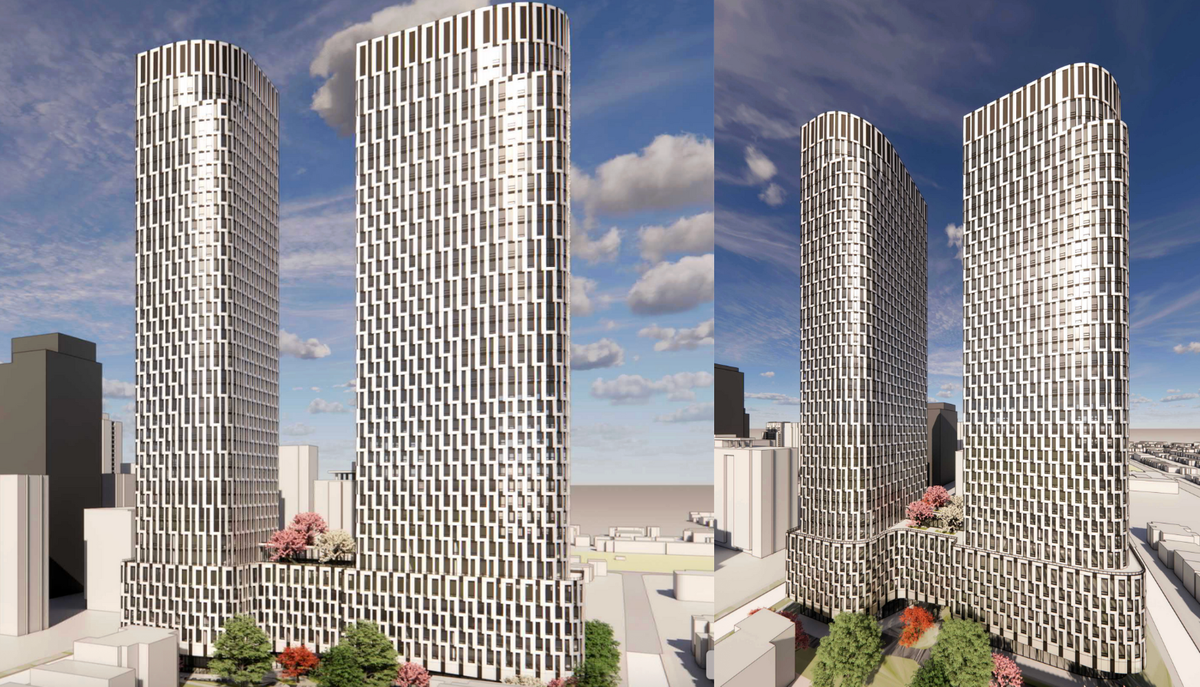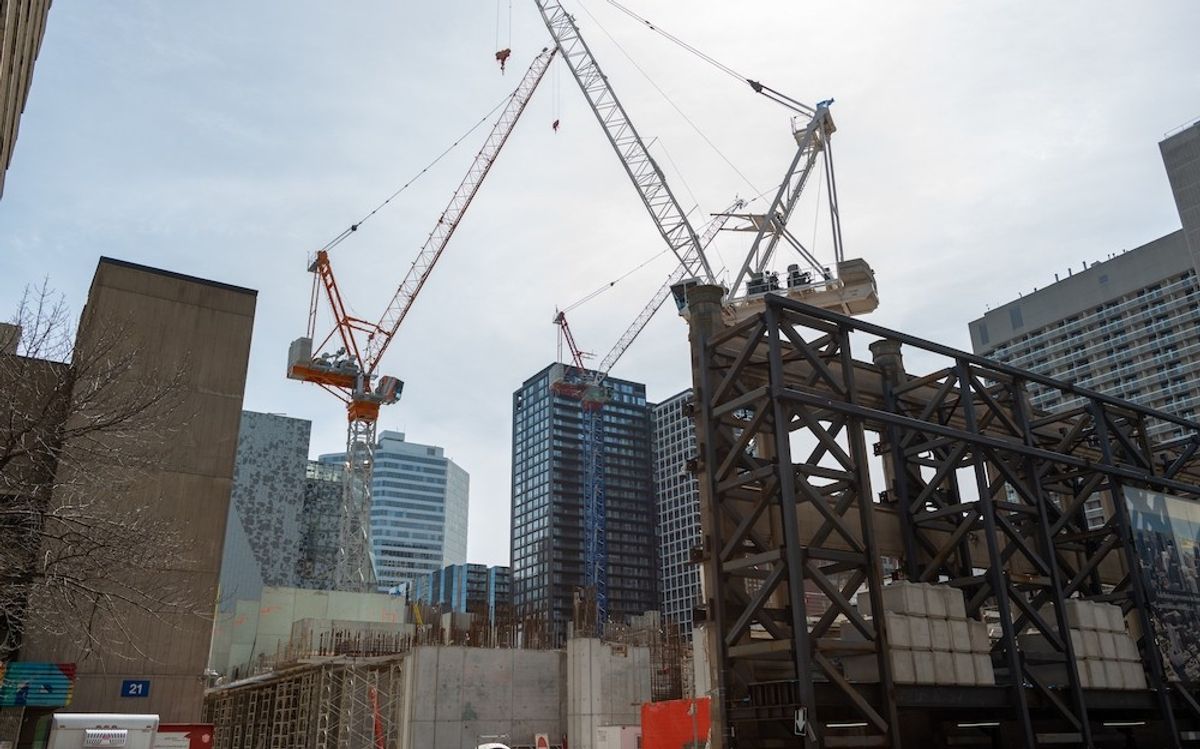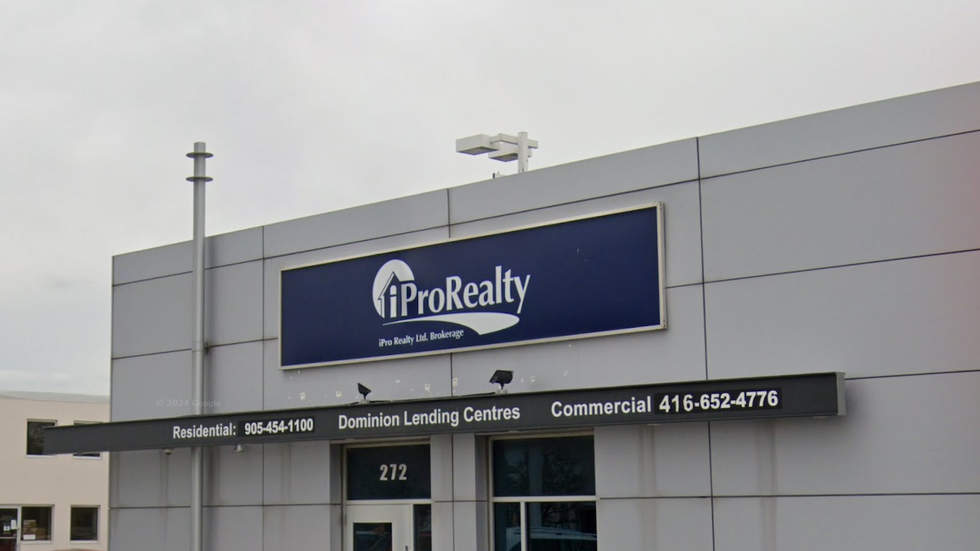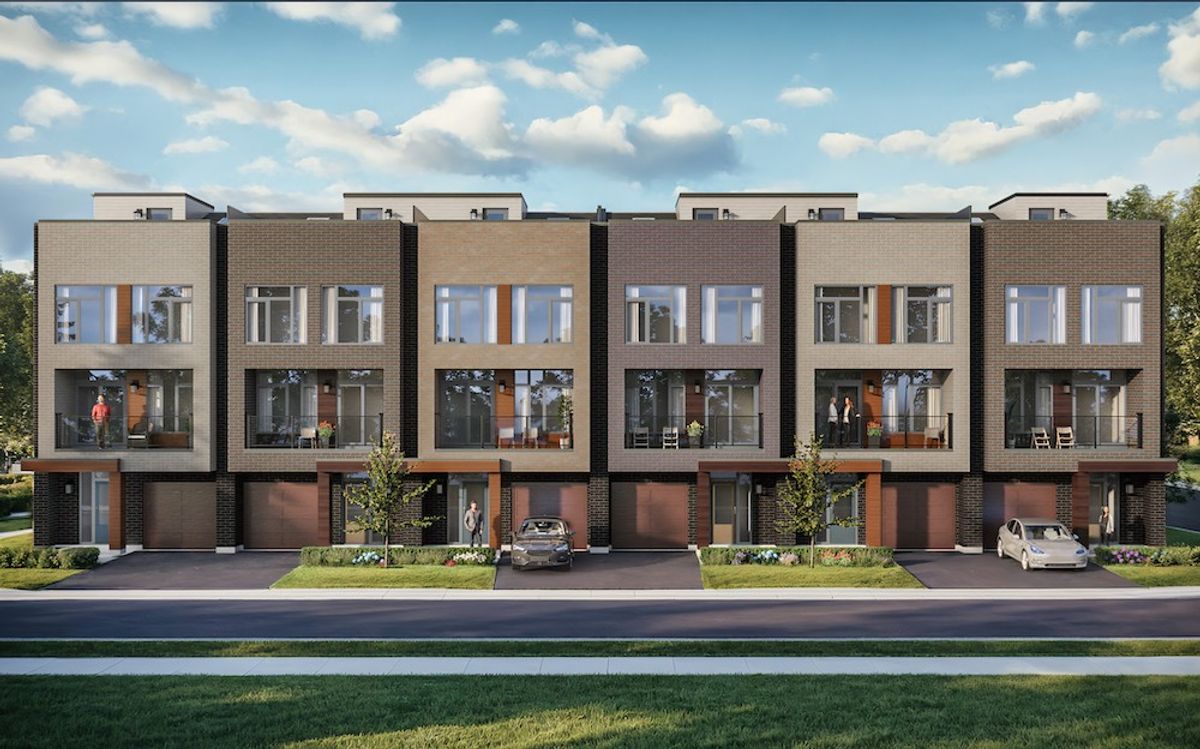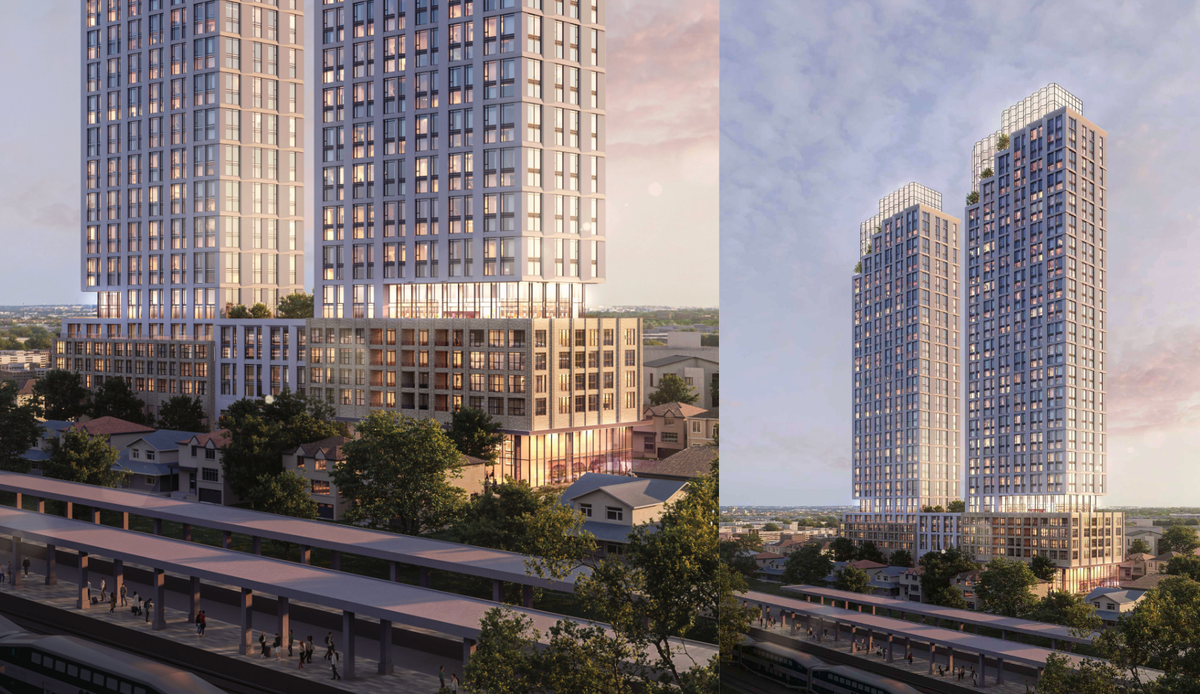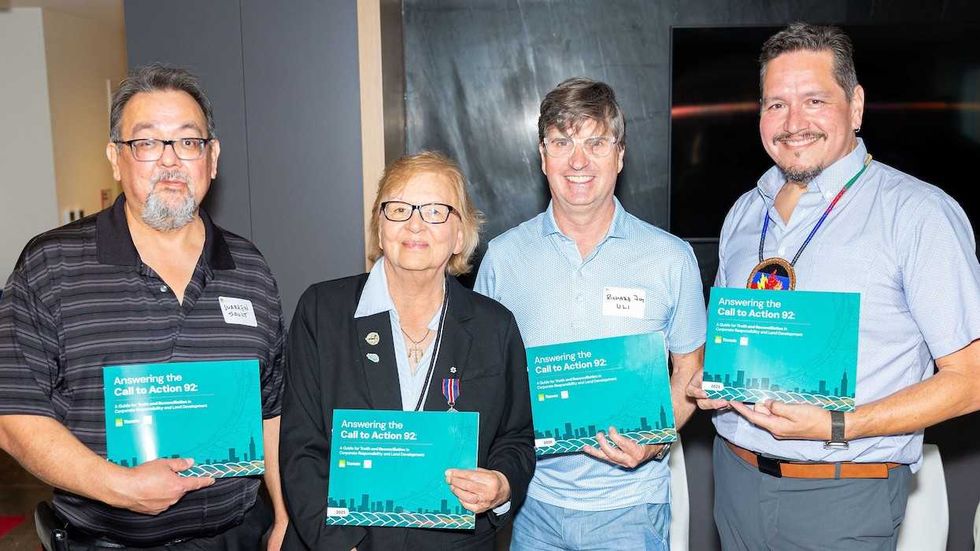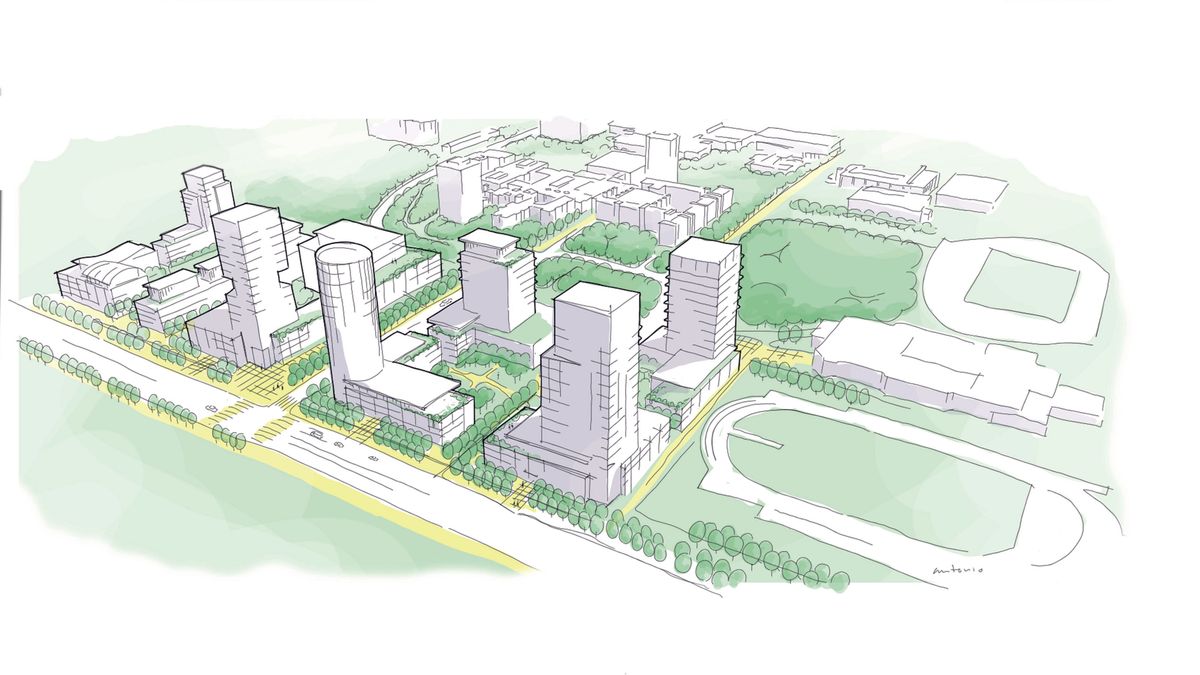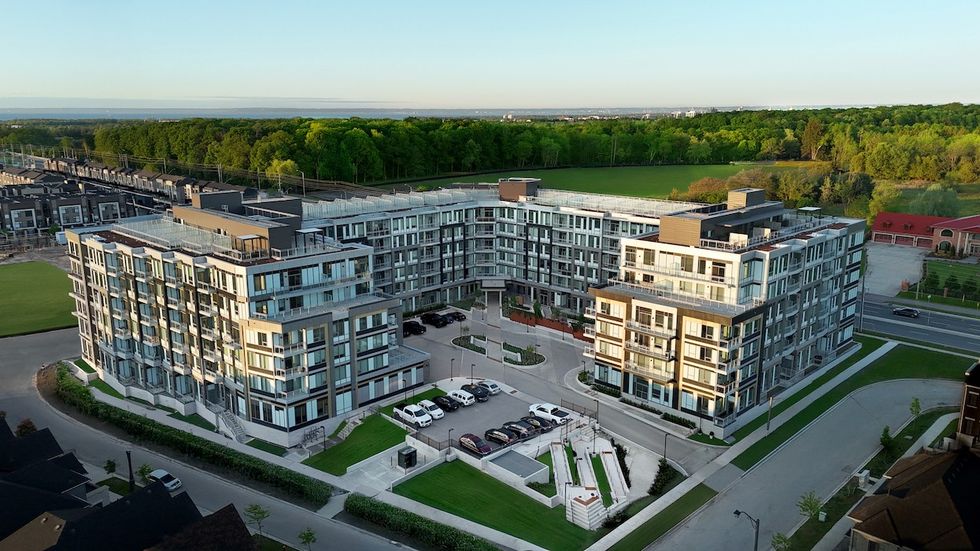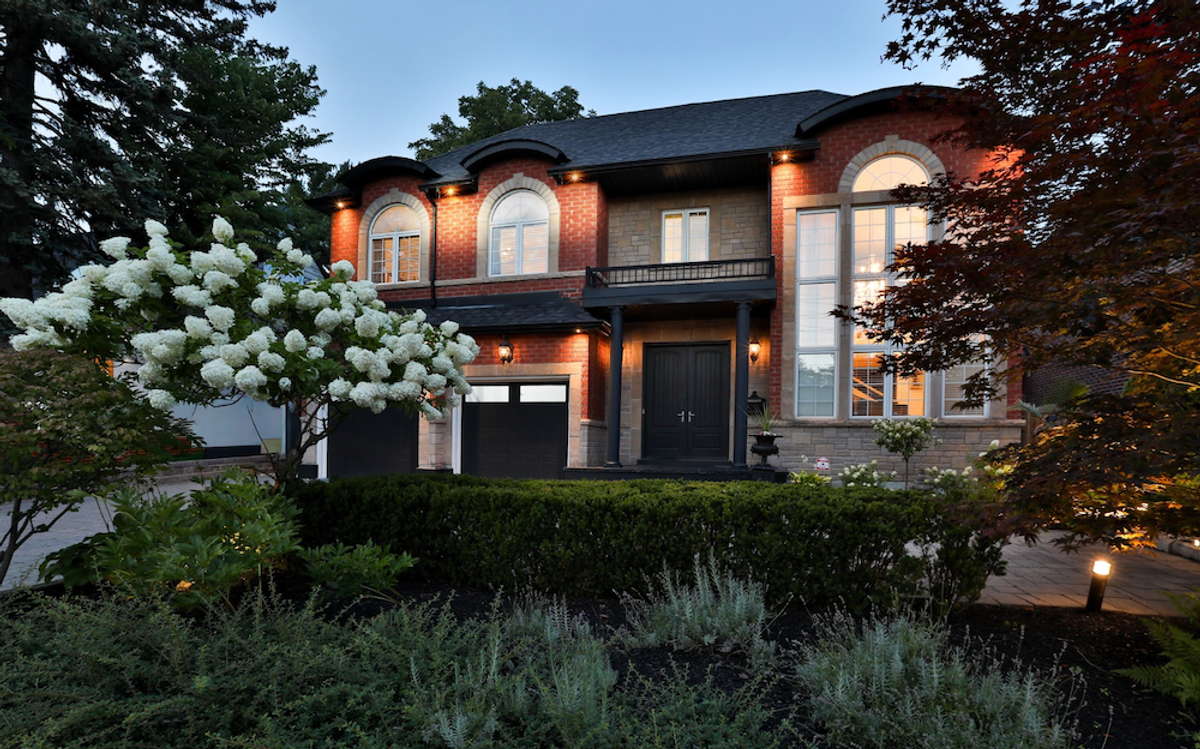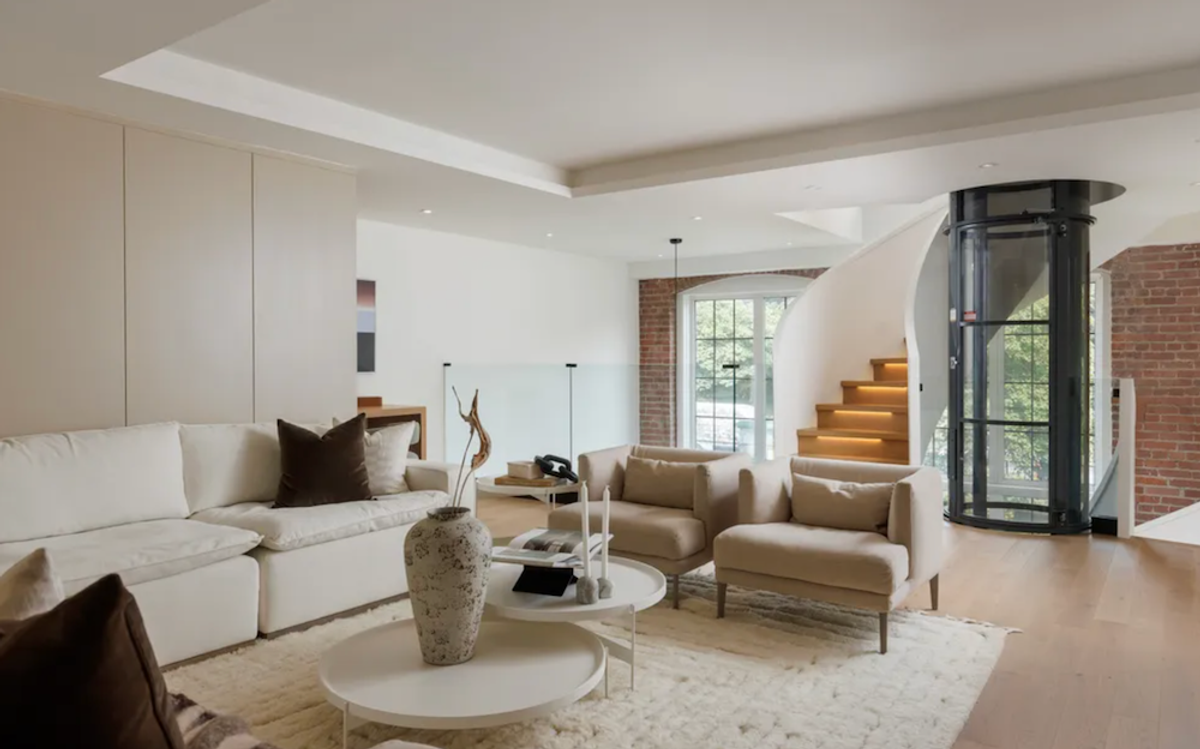Across North American cities, churches, synagogues, mosques, and temples sit on large, often underutilized lots — and many are struggling to pay the bills as congregations shrink and costs rise. At the same time, they are near transit and in established communities. These institutions want to help. They want to turn their land into affordable housing for seniors, families, newcomers, and people experiencing homelessness.
But they can’t.
Not because the need isn’t there. Not because the will is missing. But because the development system is difficult to navigate.
The Promise of Faith-Based Land
Faith-based institutions are uniquely positioned to contribute to affordable housing. Here’s why:
- Mission alignment: Their goals often include serving the vulnerable and building inclusive communities.
- Long-term land ownership: Many own land outright, allowing projects to move forward without land acquisition costs.
- Trust and relationships: They are embedded in communities, offering social capital and long-term stewardship.
- Stability and patience: Unlike market actors, they aren’t seeking fast returns. Their time horizon is generational.
This is exactly the kind of partner affordable housing needs. But the regulatory environment is making it almost impossible for them to act.
The Zoning Wall
One church we worked with sits on a major arterial road — exactly where good planning says density should go. The site is walking distance from transit, schools, and shops. But it’s zoned Institutional, and designated Neighbourhoods in the Official Plan.
Across the fence — literally — a private developer will be able to build a six-storey, 60-unit apartment. Why? Because that land is designated zoned Residential. Same street. Same infrastructure. Completely different rules.
This is the problem.
Despite citywide goals to increase housing supply, institutional zoning in many cities is rigid. It often limits uses to worship, daycare, and parking. Any housing — especially multi-unit housing — requires a lengthy, uncertain rezoning process, and all the cost, risk, and community opposition that comes with it.
Faith-based organizations are not alone in this struggle. Kehilla Affordable Housing, a Jewish non-profit housing agency, is leading a national effort to change that. Through funding from Canada Mortgage and Housing Corporation's Solutions Lab, Kehilla is working with seven municipalities across Canada to explore how zoning reform can unlock affordable housing on faith-based lands. The initiative brings together planners, municipal staff, and community organizations to co-develop practical policy tools.
“Faith-based organizations are already deeply embedded in their communities — they just need the tools to unlock their potential. With the right zoning in place, we can turn underused land into lasting, affordable housing,” as Lisa Lipowitz, Executive Director of Kehilla, puts it.
Why Faith-Based Groups Struggle To Build Housing
Zoning isn’t the only barrier. Most faith-based organizations don’t have experience with development. They don’t speak the language of pro formas and FSI. They don’t have in-house planners or real estate lawyers. And they are often afraid to risk their core mission — or their land — on something they don’t fully understand.
Even when they find partners, power imbalances can emerge. Without clear policy and guidance, faith-based groups are left to navigate a system built for profit-motivated developers, not mission-driven institutions.
Why This Is Low-Hanging Fruit
Unlocking faith-based land is one of the most cost-effective and equitable tools we have. Here’s what makes it so:
- It’s already there: We are not talking about buying land — just making existing land usable.
- It aligns with housing goals: These sites are often in exactly the locations we say we want growth.
- It delivers deep affordability: With the right partnerships, these projects can serve the hardest-to-house populations.
- It builds social infrastructure: These projects do more than provide housing — they strengthen community ties.
A Call to Municipalities: What Needs To Change
- Update zoning bylaws to permit residential uses — particularly affordable and supportive housing — on institutional lands, as of right.
- Align Official Plan designations to allow housing, in sufficient density, as a permitted use in places where the built form, transit access, and services already support it.
- Offer clear guidance and support for faith-based organizations navigating the approvals process, including standardized templates, feasibility funding, and technical assistance.
- Promote partnerships with experienced non-profits and public agencies, ensuring the mission and control remain with the institution.
